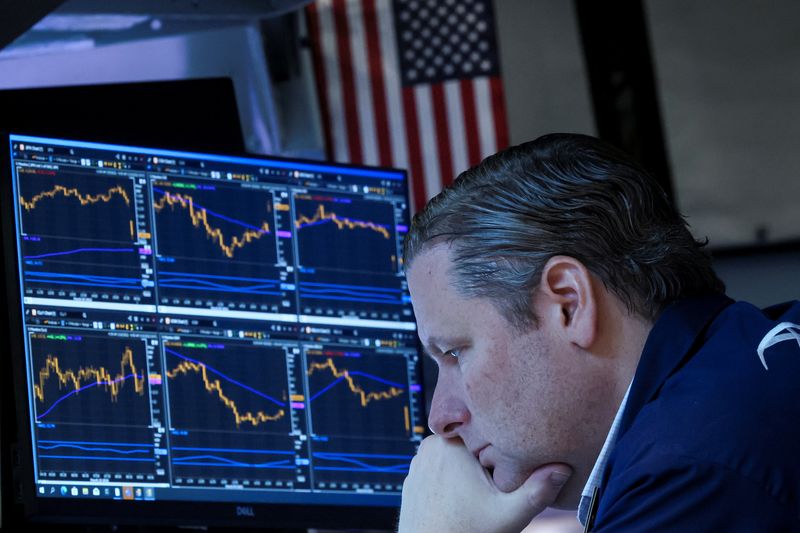Lumen Technologies hires Sean Alexander as head of Connected Ecosystems
Investing.com -- The Bank of America said its Sell Side Indicator (SSI) remained at 57.0% in January, marking its highest level since early 2022.
Despite the unchanged allocation, sentiment remains bullish, with the SSI up 2.6 percentage points over the past year, placing it in the 74th percentile of 12-month changes.
BofA describes the SSI as a contrarian indicator, historically proving to be bullish when Wall Street was overly bearish and vice versa. At its current level, the SSI is classified as “Neutral” but is just one percentage point away from triggering a “Sell” signal, making it “the closest to ‘Sell’ since December 2021.”
Historically, when the SSI has reached similar levels, the probability of positive returns for the S&P 500 over the next 12 months dropped to 65% from the usual 82%.
BofA strategists caution that the current sentiment “warrants caution on a very crowded index.” The 57.0% equity allocation implies an estimated S&P 500 price return of 10.5% over the next year, lower than in the past two years but still solid.
“We see this as support for our view that 2025 is a year for buying stocks, not the index,” strategists led by Savita Subramanian said.
Corporate sentiment also appears to be improving. BofA’s natural language processing analysis of S&P 500 earnings call transcripts shows that corporate sentiment hit a record high in the fourth quarter, a development they view as a positive indicator for the earnings growth cycle. Furthermore, mentions of “optimism” reached their highest level since the first quarter of 2020.
However, potential risks remain. BofA notes that new tariffs could pose a challenge, warning that “Trump’s 25% tariffs on Mexico and Canada plus an incremental 10% on China may not be in the indicators, and would likely pour cold water on enthusiasm.” If these measures persist, the bank estimates they could reduce S&P 500 earnings per share by as much as 8%.
